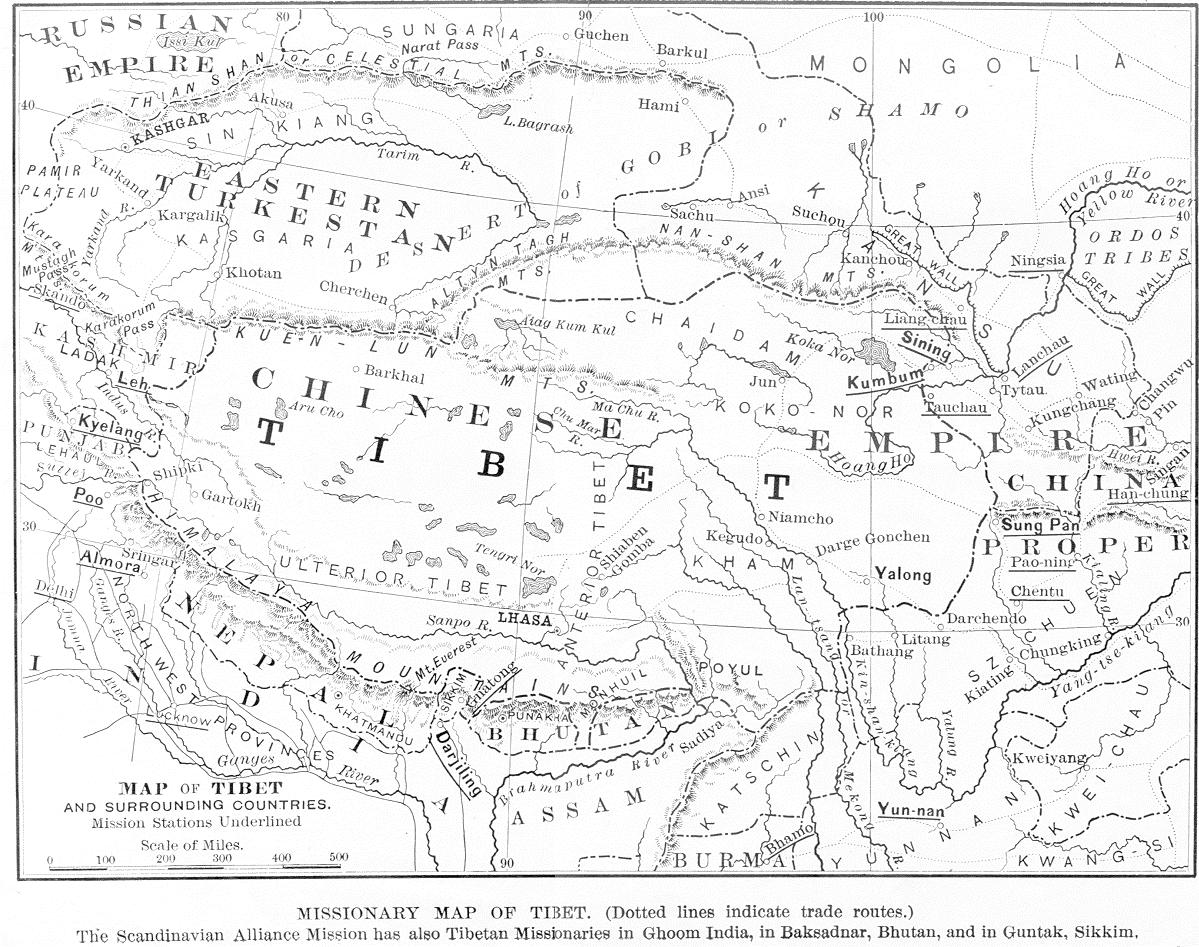Parthian Stations by Isidore of Charax
http://www.parthia.com/parthian_stations.htm
TABLE OF CONTENTS [Added]
Wilfred H. Schoff's original 1914 London edition includes the following sections:
Parthian Stations by Isidore of Charax
Journey Around Parthia by Isidore of Charax
Description of the World by Isidore of Charax
From an Unknown Work by Isidore of Charax
Commentary by Wilfred H. Schoff
Notes by Wilfred H. Schoff
Parallel Passages from the Chinese Annals from Hirth, China and the Roman Orient
A Modern Account from Curzon, Persia, I
Trade Routes of Modern Persia from Curzon, Persia, II
Online since 28 March 1998
Copyright (c)1998-2006 Edward C. D. Hopkins
Please note that the above details were correct on the day this post was published. To suggest an update, please email the site's editor at tmciolek@ciolek.com
TABLE OF CONTENTS [Added]
Wilfred H. Schoff's original 1914 London edition includes the following sections:
Parthian Stations by Isidore of Charax
Journey Around Parthia by Isidore of Charax
Description of the World by Isidore of Charax
From an Unknown Work by Isidore of Charax
Commentary by Wilfred H. Schoff
Notes by Wilfred H. Schoff
Parallel Passages from the Chinese Annals from Hirth, China and the Roman Orient
A Modern Account from Curzon, Persia, I
Trade Routes of Modern Persia from Curzon, Persia, II
Online since 28 March 1998
Copyright (c)1998-2006 Edward C. D. Hopkins
Please note that the above details were correct on the day this post was published. To suggest an update, please email the site's editor at tmciolek@ciolek.com






